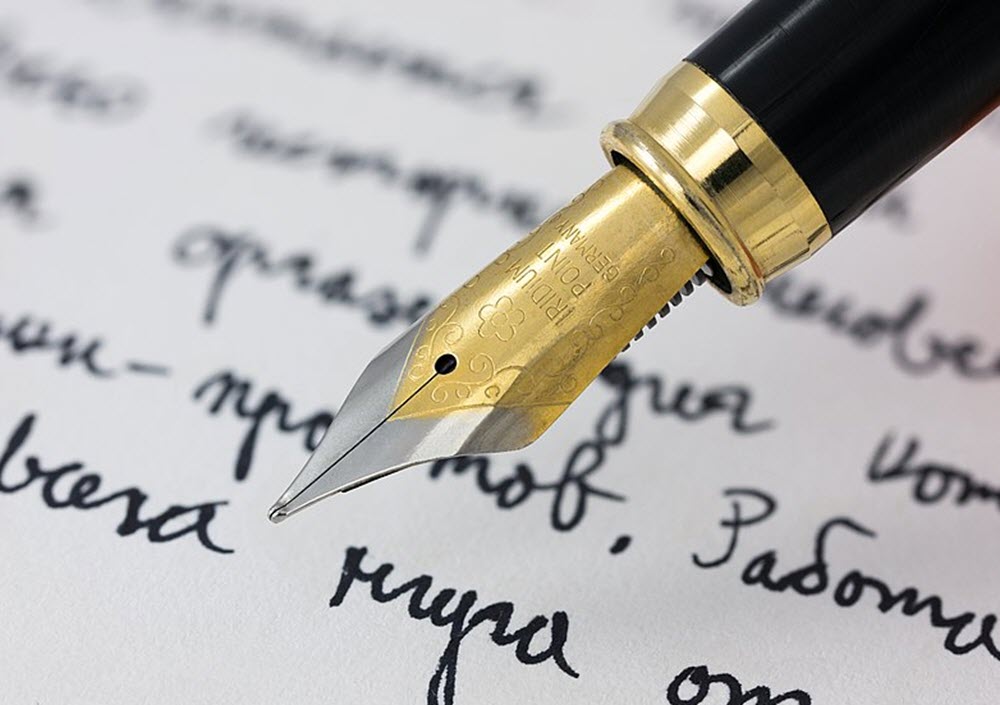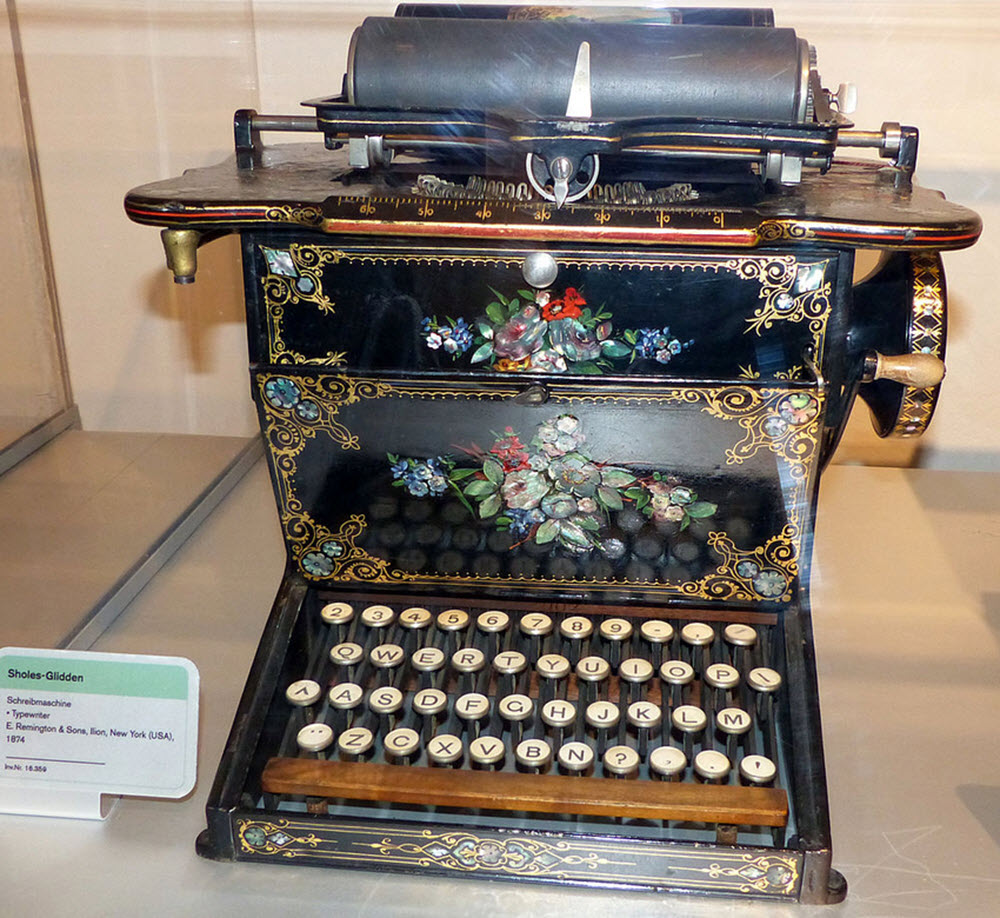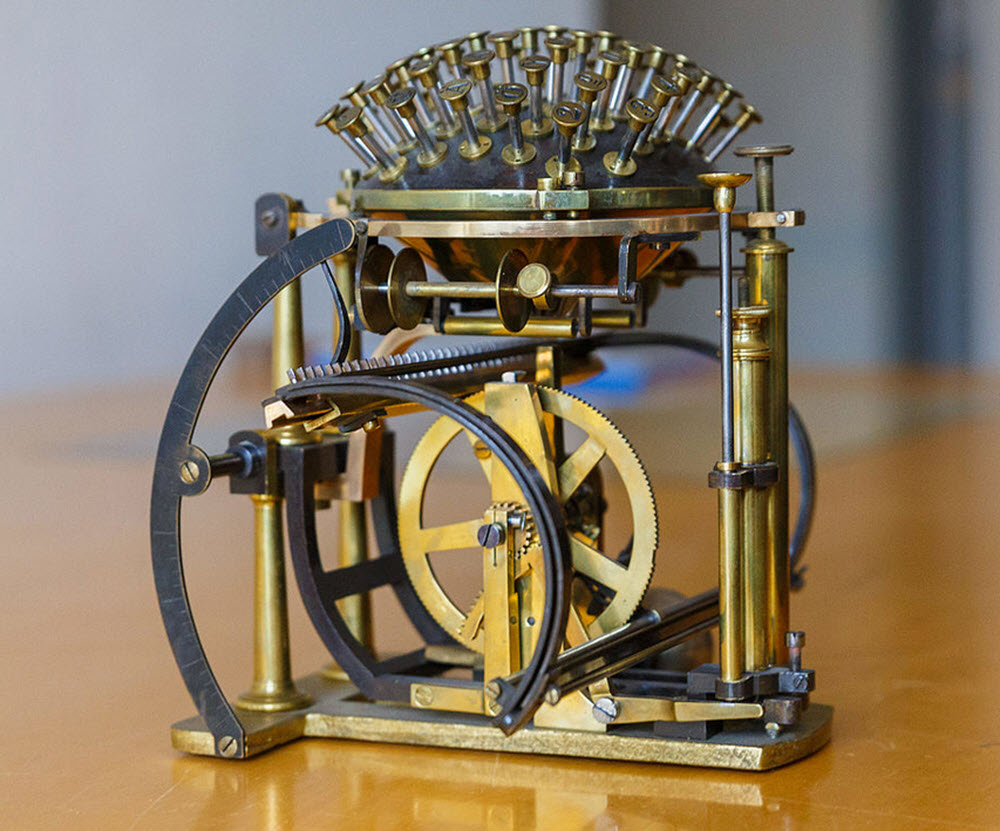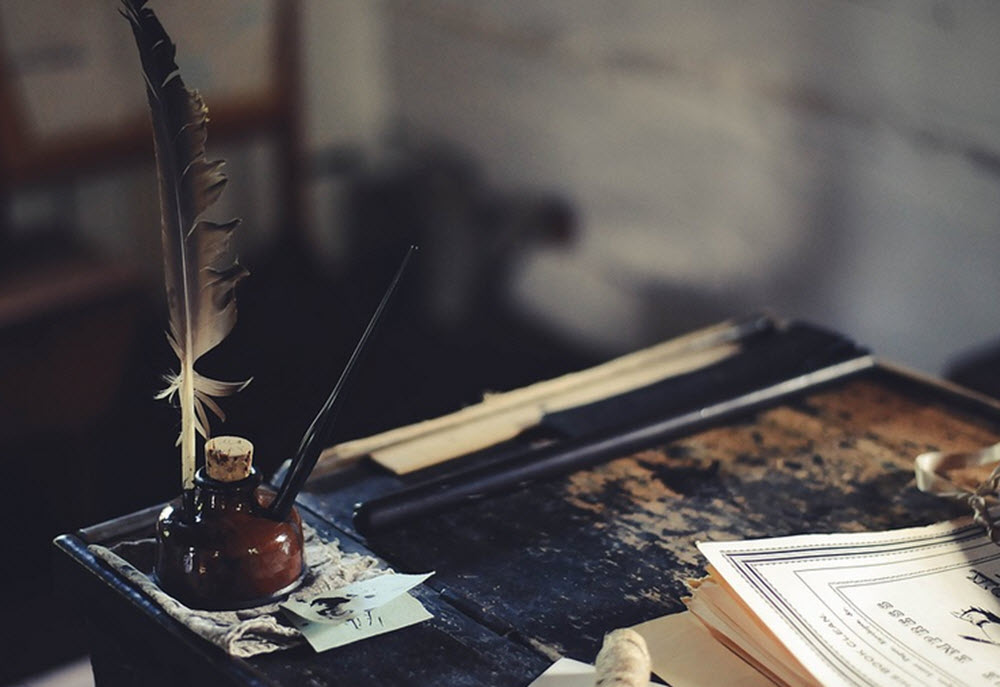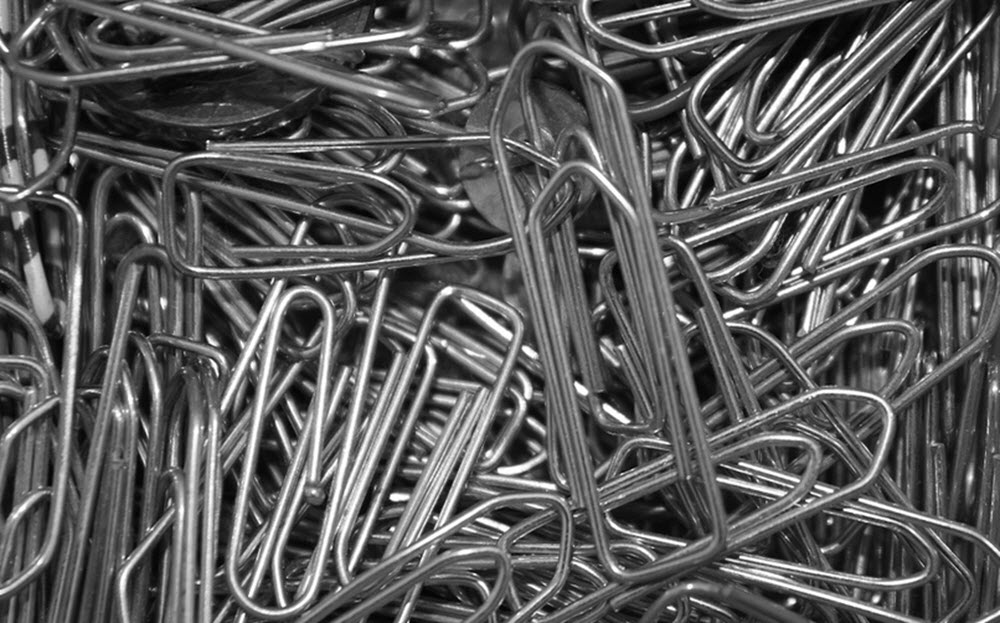The Bloomberg Terminal, an iconic tool in the world of finance, transformed how professionals accessed, analyzed, and acted on market information. Lunched in the early 1980s, it quickly became an indispensable part of the financial industry, enabling faster and more informed decision-making. By 2012, the Bloomberg Terminal had a greater annual revenue than Thomson Reuters. The terminal’s evolution reflects the vision of its founder, Michael Bloomberg, and the broader transformation of financial markets through technology. The Origins of the Bloomberg Terminal The Bloomberg Terminal was born out of a need for real-time financial data in an era when market information was often delayed or incomplete. In 1981, Michael Bloomberg, a…
-
-
The History of the Computer Mouse
The track-ball – an ancestor of the computer mouse The computer mouse was not invented until the 1960s, but it has many similarities with the trackball created by the British scientist and electrical engineer Ralph Benjamin for radar plotting in 1946. The trackball is therefore commonly seen as an ancestor of the computer mouse. It was invented for a fire-control radar plotting system named The Comprehensive Display System (CDS) while Benjamin was working for the British Royal Navy Scientific Service. Benjamin´s project originally used a joystick, and Benjamin designed the track-ball (he called it a roller ball) as a more elegant and functional solution. The device was patented in 1947…
-
Reservoir pens
Writing, an age-old form of expression and communication, has evolved through the centuries, and so have the instruments we use. Reservoir pens, often known as fountain pens, hold a special place among the various writing instruments. This article explores the history, components, and significance of reservoir pens. History of Reservoir Pens The Birth of an Icon The origins of reservoir pens can be traced back to the 10th century, but the modern fountain pen as we know it began its journey in the late 19th century. Lewis Waterman, an insurance broker, is credited with inventing the first reliable fountain pen in 1884. His innovation lay in creating an efficient feed…
-
Resolute replicas
Constructed in 1880 from oak timbers salvaged from the HMS Resolute, the Resolute desk (also known as Hayes desk) stands in the Oval Office of the White House and has been used by several presidents, including the five most recent ones. Due to its prominence, numerous detailed replicas of this desk has been constructed for private offices or for museum displays. More or less accurate replicas can also be seen in movies, TV-shows and similar. Anyone who wish to commission a high-end replica of the Resolute desk for their own office will be required to pay dearly, since it will need to be hand-crafted by a highly skilled woodworker using…
-
Sholes and Glidden typewriter
The Sholes and Glidden typewriter was launched in 1874 and eventually became a huge commercial success. The first commercially available version of this machine is also known as the Remington No. 1, and it was to be followed by Remington No. 2 in 1878. For the first ten series, the writer could not see the text during typing, as the paper was hidden inside the machine. It would take until the launch of the Remington No. 10 in 1906 before a so-called “visible” Remington typewriter became available. Background The main designers of this typewriter was Christopher Latham Sholes, Samuel W. Soule and Carlos S. Glidden – all three based in…
-
Hansen Writing Ball
The Hansen Writing Ball is an early example of a typewriter. It was invented in Denmark in 1865, and both patented and put into production in 1870. It was not the first typewriter ever made, but it did become the first typewriter in commercial production. Notably, the Hansen Writing Ball was also the first typewriter where a user could produce text substantially faster than hand-writing. The Danish term for writing ball is skrivekugle. Can I buy a Hansen Writing Ball today? Yes, but they are not cheap. They have not been produced in a very long time, and very few have survived. At auctions, more or less intact Hansen Writing…
-
Sealing wax
Sealing wax is softened/melted with heat, poured into a small circle on parchment, paper or similar, and then stamped to create an embossment. The wax will cool and harden quickly at room temperature. Traditionally, sealing wax has been used to make documents more difficult to tamper with without leaving traces. Example: A private letter could be folded, sealed with wax and sent on to the recipient. The recipient would receive the letter, inspect the wax for signs of tampering, and then break the seal to open the letter. For wrapped boxes, sealing wax was typically applied to both the ribbons and wrapping in the same spot, to make it difficult…
-
Inkwell
An inkwell is a container used for holding ink. It is designed in a way that makes it easy to frequently dip a quill, pen, brush or similar into it while writing. When the writing session is over, the inkwell can be closed to safeguard the ink until the next session. Before the advent of the reservoir fountain pen, the inkwell was an essential part of the classic setup for a writing desk, and even after shifting over to reservoir pens, some writers kept the inkwell at their desks as a source of ink for refilling the pen as needed. Inkwells have been created from a wide range of materials,…
-
Quill (pen)
A quill is a writing tool made from a bird´s flight feather. The primary wing-feather of a large bird, such as a goose, is considered best for making a quill, and it should ideally be a feather that the bird released while going through its natural moult. The shaft of a flight feather is naturally hollow (the shaft is called calamus), so hollowing it out is not necessary. Just like other dip pens, a quill has no large internal reservoir for ink that is filled up from the bottom of the pen, and it must therefore be regularly dipped into an inkwell during writing. A quill has an open end…
-
Paper clip
A paper clip is great to have when you need to keep sheets of paper together temporarily, and do not want to cause any damage to the papers. The most famous paper clip design is the Gem type, which was launched in the 1800s. This design is characterized by almost two full loops of wire. Samuel B. Fay On 23 April, 1867, a patent for a bent wire clip was awarded to Samuel B. Fay in the United States. The clip was chiefly intended to attach tickets to fabric, but the patent recognizes that the clip can be used to keep sheets of papers together too. The patent number is…



